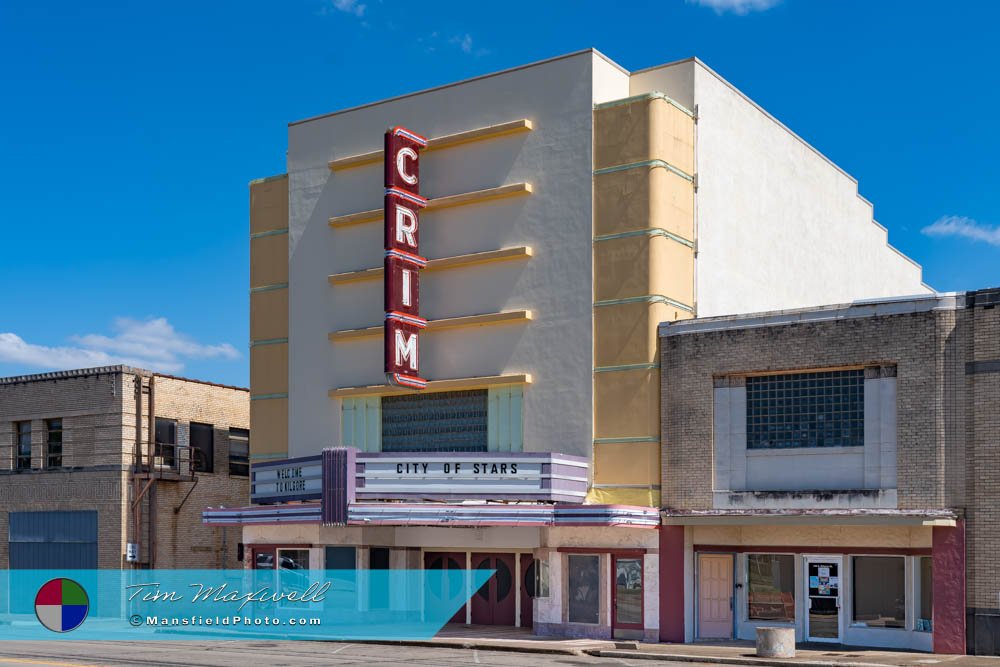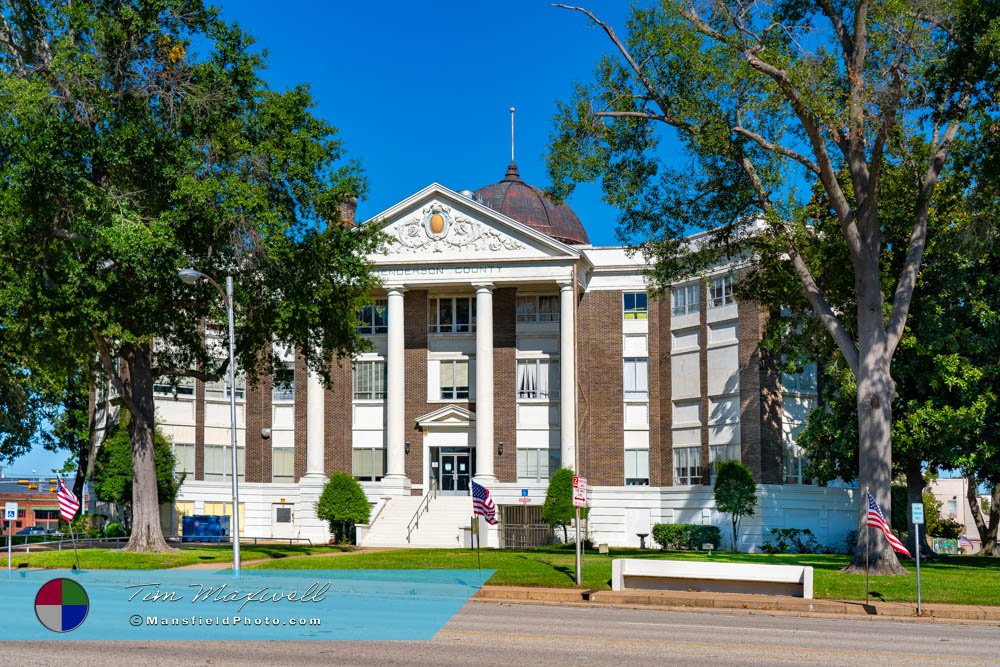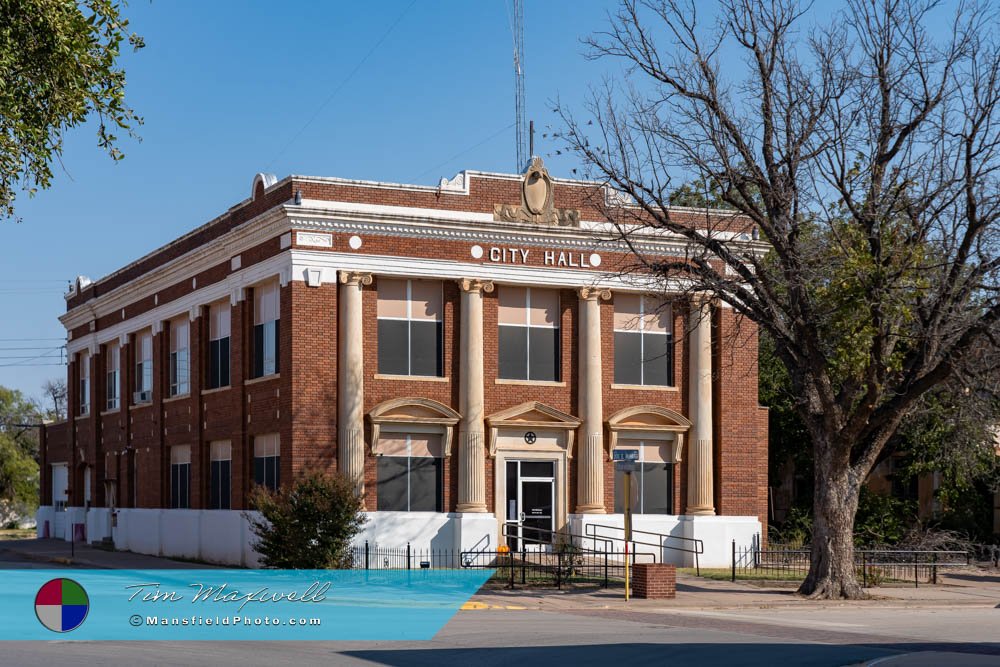Kilgore, Texas
– Home of the “World’s Richest Acre”.
Founded in 1872 with the arrival of the International-Great Northern Railroad, Kilgore, Texas, began as a modest railroad stop. It was named after Constantine Buckley Kilgore, a local landowner, politician, and former Confederate officer who played an important role in securing the railway’s path through the area. Like many small Texas towns, Kilgore’s early years were tied to agriculture, particularly cotton. By the turn of the century, Kilgore had a population of around 1,000, a thriving small town with a future as bright as any other in rural East Texas.
But just as quickly as the town had developed, it began to decline. Falling cotton prices hit Kilgore’s economy hard, and by the time the Great Depression struck, the town was nearing ghost-town status. With only a handful of residents left, Kilgore seemed destined to fade into obscurity. That is, until 1930, when something happened that would change its fate forever.
Oil Strikes and the Birth of “The World’s Richest Acre”
In 1930, oil was discovered in the East Texas Oil Field, one of the largest oil fields in the world. Kilgore went from being a town on the brink of extinction to the heart of the oil boom. Seemingly overnight, Kilgore transformed from a quiet rural community into a bustling oil town, with thousands of people arriving in search of their fortunes.
One of the most striking and unique features of Kilgore is its downtown, which became the center of the oil rush. As you walk through the heart of the city, you’re greeted by a sea of towering steel structures. These are oil derricks, and they are part of what is famously known as “The World’s Richest Acre.” In this small patch of land, measuring only 1.2 acres, over 24 oil wells were drilled, producing millions of barrels of oil. At one point, this tiny plot of land produced more oil than any other comparable area in the world.
The sight of these derricks is truly one of the most remarkable features of Kilgore, and it tells the story of the city’s rapid rise from obscurity to boomtown.
By 1936, just six years after oil was discovered, the town’s population had ballooned to over 12,000. This explosion of growth led to housing shortages, overcrowding, and a range of logistical challenges for the local government, but it also brought new life and opportunities to Kilgore.
The Challenges of Sudden Growth
While the oil boom brought prosperity, it also brought chaos. Infrastructure that had been designed for a quiet farming town couldn’t handle the influx of people. Temporary housing sprang up, businesses operated out of tents, and the streets were often congested with trucks, workers, and equipment. Kilgore’s municipal government had to scramble to provide services, schools, and law enforcement. Lawlessness became a concern, as it often does in boomtowns, but Kilgore persevered, slowly adapting to its new identity as an oil town.
The oil rush eventually subsided, and Kilgore’s population stabilized at a more sustainable level. But the town didn’t just survive—it thrived, maintaining a vibrant community and a sense of pride in its storied past. Kilgore may no longer be a booming oil town, but it has retained much of the character and energy that came from its moment in the spotlight.
A Downtown Full of History and Festivals
Today, Kilgore’s downtown is a blend of history and modern life. Many of the original oil derricks still stand, preserved as part of the town’s heritage. The derricks have been outfitted with lights that illuminate the skyline at night, making for a stunning visual experience that pays homage to the town’s past. The Texas Museum of Broadcasting and Communications is located downtown, as is the East Texas Oil Museum, where visitors can learn about the early days of the oil industry and the massive impact it had on the region.
Kilgore is not just about history, though. The town hosts a number of annual festivals that attract visitors from across the state. The Texas Shakespeare Festival, held each summer, is a celebrated event featuring professional theater performances. It is one of the largest and most respected Shakespeare festivals in the state, drawing crowds for its high-quality productions and cultural significance.
Another unique event is the East Texas Pipe Organ Festival, which honors the work of pipe organ voicer, and longtime Kilgore resident, Roy Perry.
Perry oversaw the construction of highly regarded pipe organs at St. Mark’s Cathedral (Shreveport, Louisiana) and Washington National Cathedral.
Today: A Town with a Bright Future
Kilgore may no longer be the oil hub it once was, but it continues to be a lively, engaging community. The town’s population is stable, and its downtown remains a point of pride for locals. Walking through the streets of Kilgore today, you can sense the history—especially when you see the oil derricks standing tall, a reminder of the town’s boomtown roots.
Visiting Kilgore is like stepping into a living history book. Learning about the oil derricks is another simple joy of life that comes from getting out and exploring the small towns of Texas.
Whether you’re attending one of the town’s festivals or simply walking through its historic downtown, Kilgore offers an experience that blends the past and present in a way few towns can. And while the oil rush may be over, the town’s spirit and resilience continue to define this remarkable place.
Small Town Texas in Photos
225+ Texas Towns, 2500+ Images and Counting!















